Most turtle owners discover early in their pet-keeping journey that these fascinating reptiles aren’t purely aquatic creatures. Unlike fish that spend their entire lives submerged, many turtle species require both water for swimming and dry land for basking and other essential activities. This dual habitat requirement stems from thousands of years of evolution, resulting in specialized adaptations that allow turtles to thrive in amphibious environments. Understanding why turtles need both elements is crucial for their health, longevity, and overall well-being in captivity. Let’s explore the fascinating reasons behind this habitat necessity and how you can create the perfect balance for your shelled companion.
The Natural Habitat of Semi-Aquatic Turtles
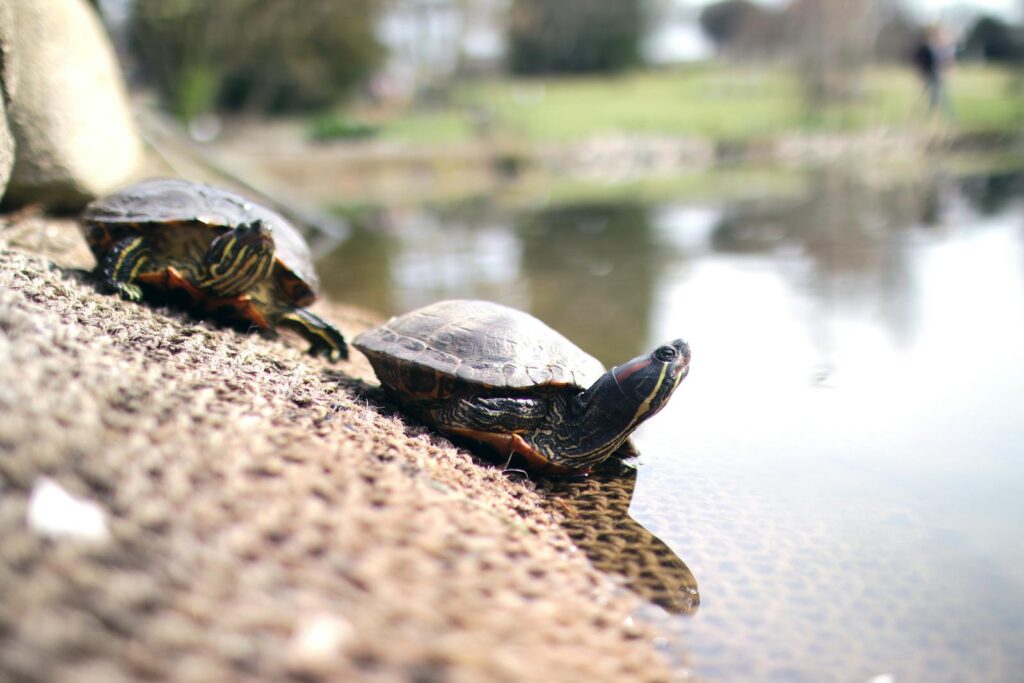
In their natural environments, most popular pet turtle species like Red-Eared Sliders, Painted Turtles, and Map Turtles live in and around bodies of freshwater with accessible shorelines. These turtles spend significant time swimming and foraging underwater but regularly emerge onto logs, rocks, or shorelines to bask in the sunlight. Their native habitats typically feature shallow ponds, slow-moving rivers, or marshes with plenty of natural basking spots above the waterline.
This combination of water for swimming and hunting and land for thermoregulation and rest represents the ecological niche these reptiles have evolved to occupy over millions of years. By understanding their natural environment, turtle keepers can better recreate suitable living conditions in captivity.
Thermoregulation Requirements

Unlike mammals, turtles are ectothermic (cold-blooded) animals that rely on external heat sources to regulate their body temperature. Basking on land under heat and UVB lamps allows turtles to raise their body temperature, which is essential for proper metabolic function, digestion, and immune system health. When a turtle becomes too warm, it can return to the cooler water to lower its temperature. This constant ability to move between different temperature zones is vital for a turtle’s health and prevents dangerous conditions like overheating or hypothermia. Without access to a proper basking area, captive turtles cannot effectively thermoregulate, which can lead to serious health complications over time.
UV Light Exposure and Vitamin D3 Synthesis
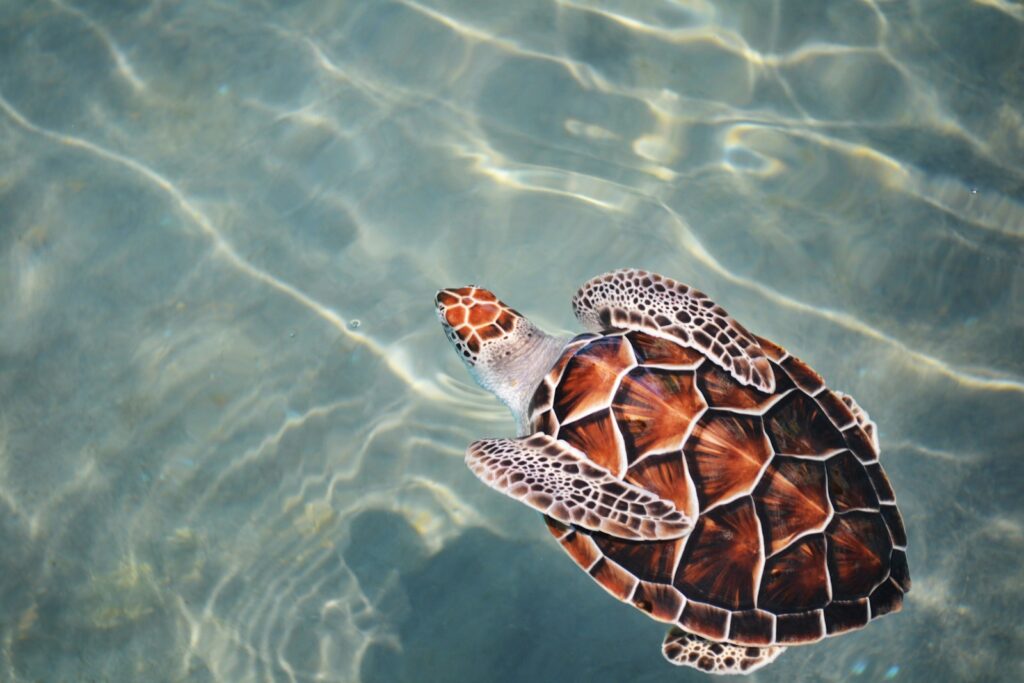
One of the most crucial reasons turtles need land areas in their habitats is for proper UV light exposure. When basking, turtles absorb UVB radiation through their skin and shells, which enables them to synthesize vitamin D3. This essential vitamin allows turtles to properly metabolize calcium, which is vital for healthy shell and bone development. Without adequate time spent basking under proper UVB lighting, turtles often develop metabolic bone disease, shell deformities, and other serious health issues. Even aquatic species that spend most of their time in water require regular UV exposure on dry land to maintain their skeletal health and prevent life-threatening calcium deficiencies.
Respiratory Health Considerations

Unlike fish, turtles have lungs rather than gills and must surface to breathe air. Having access to dry land provides turtles with a comfortable place to rest while breathing freely without expending energy to stay afloat. This is particularly important for sick, stressed, or elderly turtles that may tire easily. Extended periods without access to dry areas can lead to respiratory stress and increased susceptibility to respiratory infections, which are among the most common health problems in captive turtles. The ability to fully emerge from water also allows their skin and shell to dry completely, which helps prevent fungal and bacterial infections that thrive in consistently damp conditions.
Shell Health and Maintenance
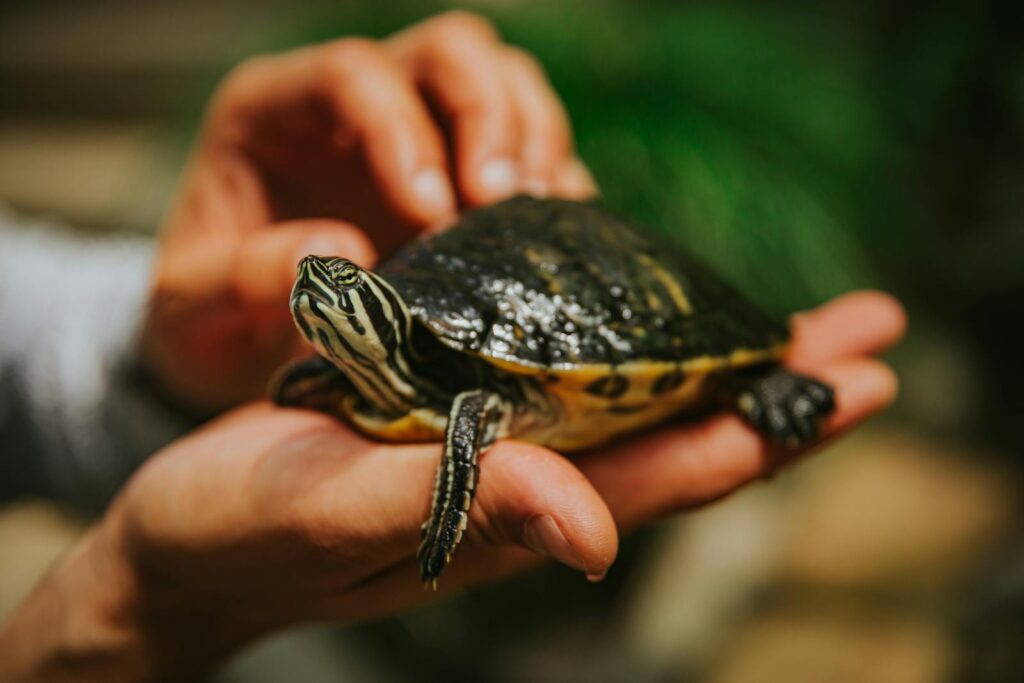
Regular drying of the shell is essential for maintaining shell integrity and preventing shell rot in captive turtles. When turtles bask on dry land, their shells dry out completely, discouraging the growth of algae, fungi, and harmful bacteria that can damage shell plates. This drying process is particularly important for the soft areas around shell seams and where the limbs meet the shell. Turtles that cannot regularly dry themselves often develop shell conditions like retained scutes, soft shell syndrome, or shell rot, which can progress to systemic infections if left untreated. The natural cycle of wetting and drying mimics what happens in the wild and is crucial for maintaining healthy shell development and preventing potentially fatal shell diseases.
Reproductive Behaviors and Nesting
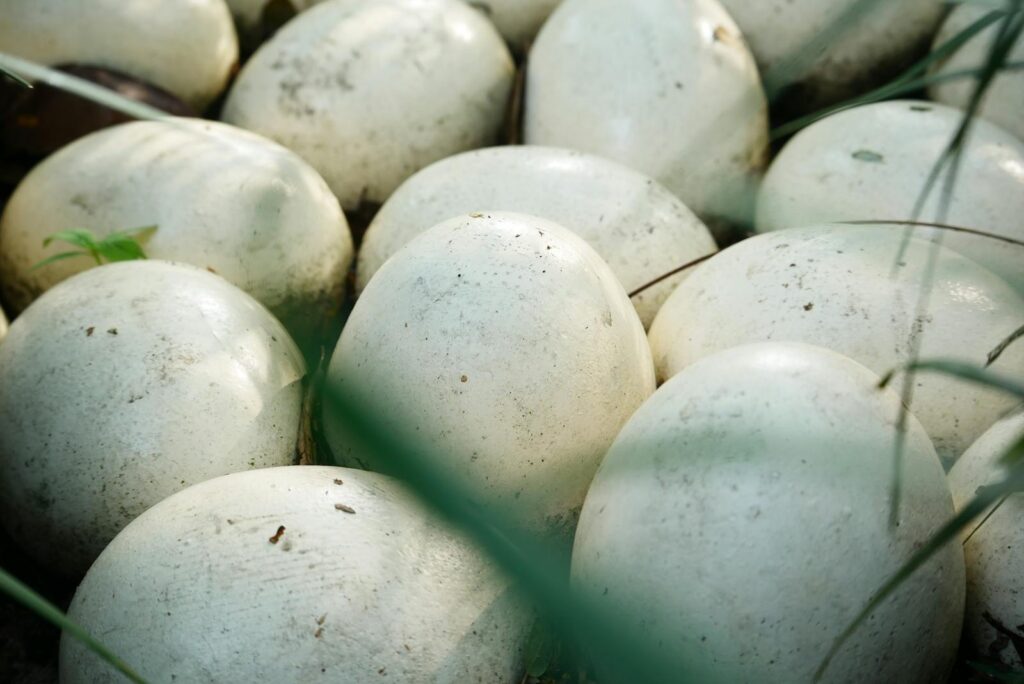
For female turtles, access to land areas becomes critically important during breeding season. Most semi-aquatic turtle species lay their eggs on land, digging nests in soft, dry substrate above the water line. In captivity, pregnant females will actively search for appropriate nesting sites, and without access to a suitable land area, they may become egg-bound or lay their eggs in water where they will not develop properly. This can lead to serious health complications including dystocia (egg-binding), which can be fatal if not treated promptly. Even in non-breeding situations, the natural instinct to explore land areas remains strong in female turtles and fulfilling this behavioral need contributes to their psychological well-being.
Varied Swimming and Exercise Patterns

Different turtle species have evolved with various levels of aquatic adaptation, which directly affects how much land area they require in captivity. Highly aquatic species like Musk Turtles and Mud Turtles spend more time swimming and less time basking compared to more terrestrial box turtles. However, all semi-aquatic species benefit from having the option to choose between different depths of water for various activities. Deeper swimming areas allow for exercise, hunting, and play behaviors, while shallow areas provide easy access to land and help prevent drowning in juvenile or weakened turtles. This diversity of habitat zones encourages natural behaviors and provides the physical exercise necessary for cardiovascular health and muscle development.
Psychological Well-being and Stress Reduction
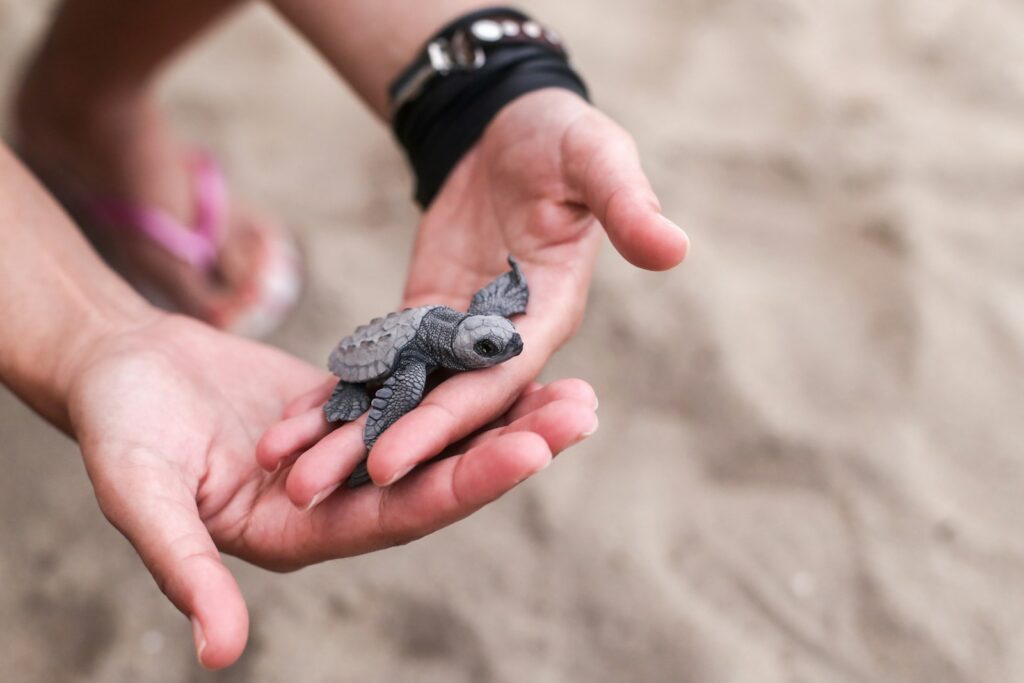
Like all animals, turtles have evolved specific behavioral patterns that contribute to their psychological health. The ability to choose between aquatic and terrestrial environments gives turtles control over their surroundings and allows them to engage in natural behaviors. Turtles deprived of either environment often show signs of stress, including excessive swimming, glass surfing, aggression, or lethargy.
Environmental enrichment through varied habitat features reduces stress and prevents boredom in captive turtles. Research suggests that turtles with access to both land and water exhibit more diverse natural behaviors, including exploration, basking, swimming, and foraging, all of which contribute to better overall mental health and reduced stereotypical behaviors associated with captive stress.
Different Species, Different Needs

Not all turtle species require the same land-to-water ratio in their enclosures. Box turtles, for instance, need predominantly terrestrial setups with only shallow water areas for soaking and drinking. Conversely, species like Map Turtles are highly aquatic and require larger water areas with smaller but essential basking platforms. Red-Eared Sliders fall somewhere in the middle, needing ample swimming space but also substantial basking areas. Understanding the specific needs of your turtle species is crucial when designing their habitat. Researching your specific species’ natural habitat and behaviors will help you determine the appropriate balance between land and water areas in their enclosure to best meet their physical and behavioral requirements.
Designing the Ideal Habitat Layout

Creating an effective turtle habitat involves more than just providing water and a random rock. The basking area should be easily accessible from the water, allowing the turtle to climb out without excessive struggle. This area should be completely dry and positioned directly under heat and UVB lamps at the appropriate distance for optimal temperature and light exposure. The water area should be deep enough for swimming (generally at least 1.5 times the turtle’s shell length) but with easy exit points to prevent drowning.
Many turtle keepers use sloped areas, turtle docks, or floating platforms to create effective land zones without sacrificing swimming space. Strategic placement of decor, plants, and substrate can create a naturalistic environment that encourages exploration and natural behaviors while maintaining necessary hygiene and water quality.
Seasonal Behavior Changes
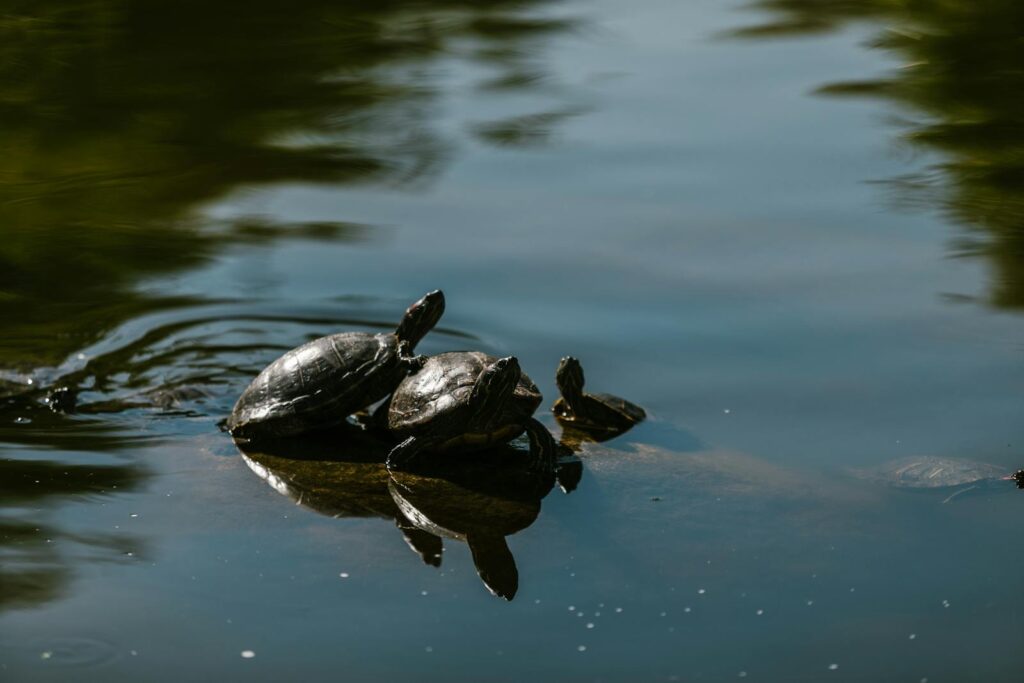
In the wild, many turtle species undergo behavioral changes with the seasons, which can affect their land and water usage patterns. During spring and summer, turtles typically spend more time basking to absorb heat and UV radiation, especially after emergence from brumation (a hibernation-like state). In fall, they may increase feeding and swimming behavior to build reserves before winter. In captivity, these seasonal rhythms can continue, with turtles showing different preferences for land or water depending on the time of year, ambient temperature, and reproductive status. Some species even undergo seasonal color changes, with shells and skin becoming more vibrant during breeding season when basking behaviors increase. Recognizing these natural cycles helps turtle keepers adjust habitat conditions to match their pets’ changing seasonal needs.
Health Indicators Through Habitat Use
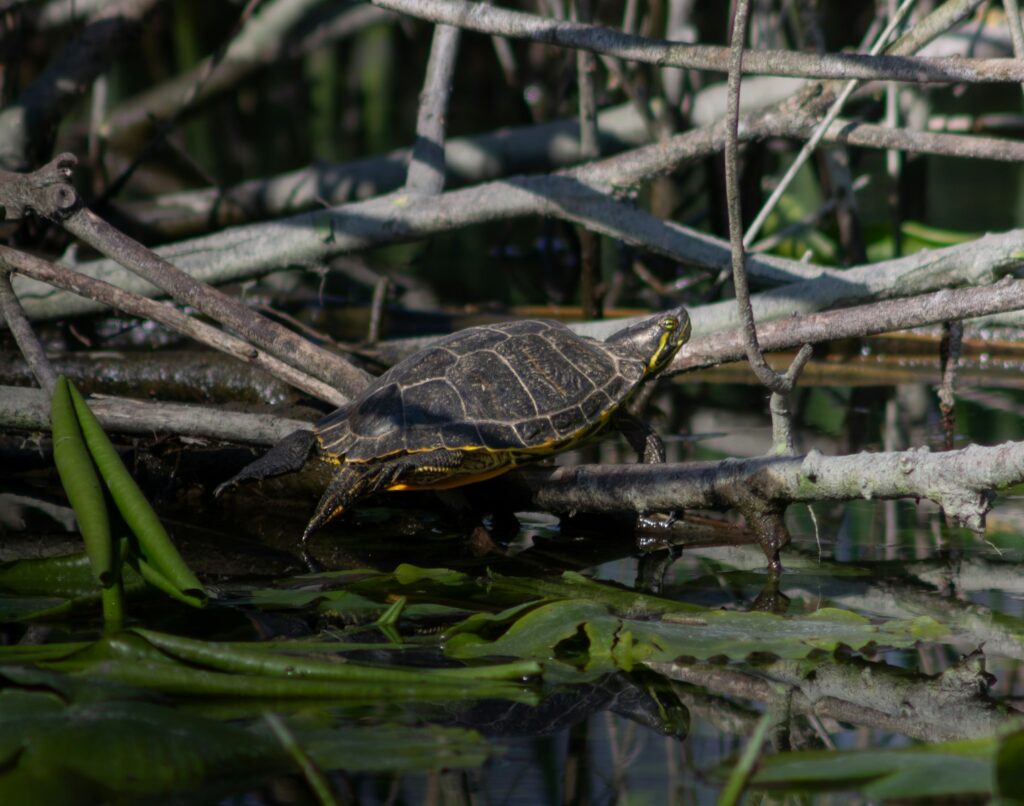
How a turtle uses its habitat can provide valuable insights into its health status. A healthy turtle will regularly alternate between swimming and basking, showing active interest in both environments. A turtle that suddenly avoids water may be suffering from a respiratory infection or injury, while one that refuses to bask might have low energy levels from illness or improper water temperature. Excessive basking can indicate water quality issues or possibly parasitic infections that make swimming uncomfortable.
By providing both land and water areas, turtle keepers gain an important diagnostic tool for monitoring their pet’s health through behavioral observation. These habitat preferences serve as early warning signs that allow for prompt veterinary intervention before conditions become severe.
Common Habitat Setup Mistakes

New turtle owners often make several common mistakes when setting up habitats. One frequent error is providing insufficient water depth, preventing natural swimming behaviors and causing stress. Conversely, some setups lack adequate land areas or offer unstable basking platforms that turtles cannot use confidently.
Another mistake is placing heat lamps too far from basking areas, creating insufficient temperature gradients for proper thermoregulation. Many owners also underestimate the importance of filtration systems, leading to poor water quality that drives turtles to spend excessive time on land. Perhaps the most serious mistake is failing to provide UVB lighting over the basking area, which leads to metabolic bone disease regardless of how perfect the land-to-water ratio might be. Addressing these common setup errors ensures that both the aquatic and terrestrial portions of the habitat fulfill their intended functions.
Conclusion
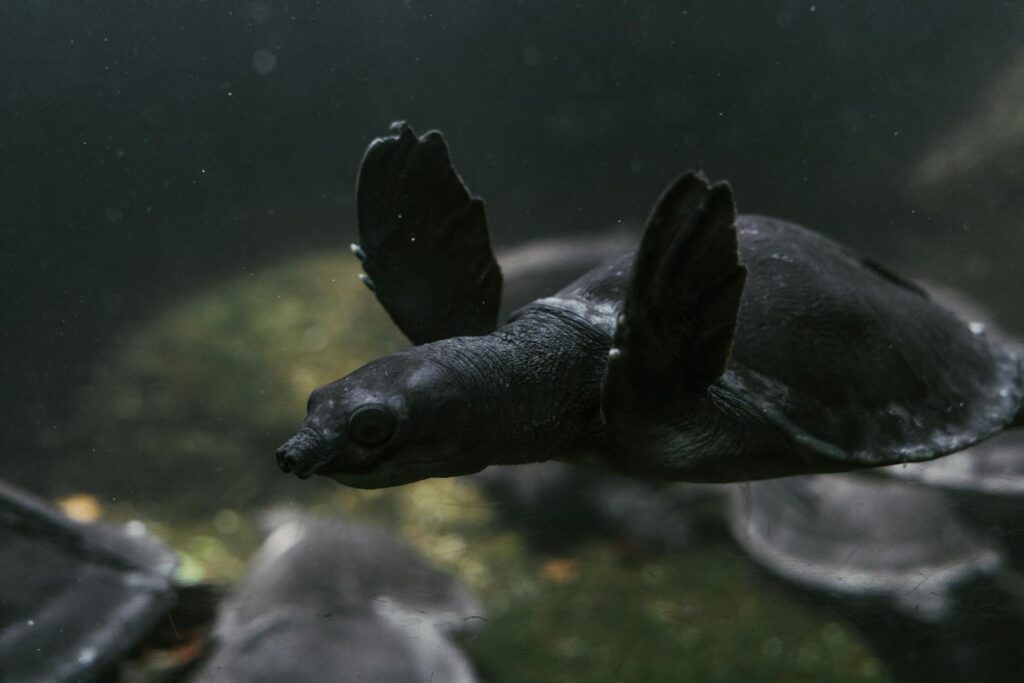
Creating a habitat that balances both aquatic and terrestrial elements is fundamental to proper turtle care. These remarkable reptiles have evolved over millions of years to thrive in environments where they can move freely between water and land, each element serving distinct but equally important biological functions. From thermoregulation and UV exposure to respiratory health and psychological well-being, the dual nature of a turtle’s habitat requirements reflects their complex physiological needs. By understanding and respecting these natural requirements, turtle keepers can provide environments that not only sustain their pets but allow them to flourish with the full expression of their natural behaviors. A well-designed turtle habitat isn’t just about aesthetics—it’s about creating a functional ecosystem that supports health, longevity, and the natural rhythms of these ancient creatures.

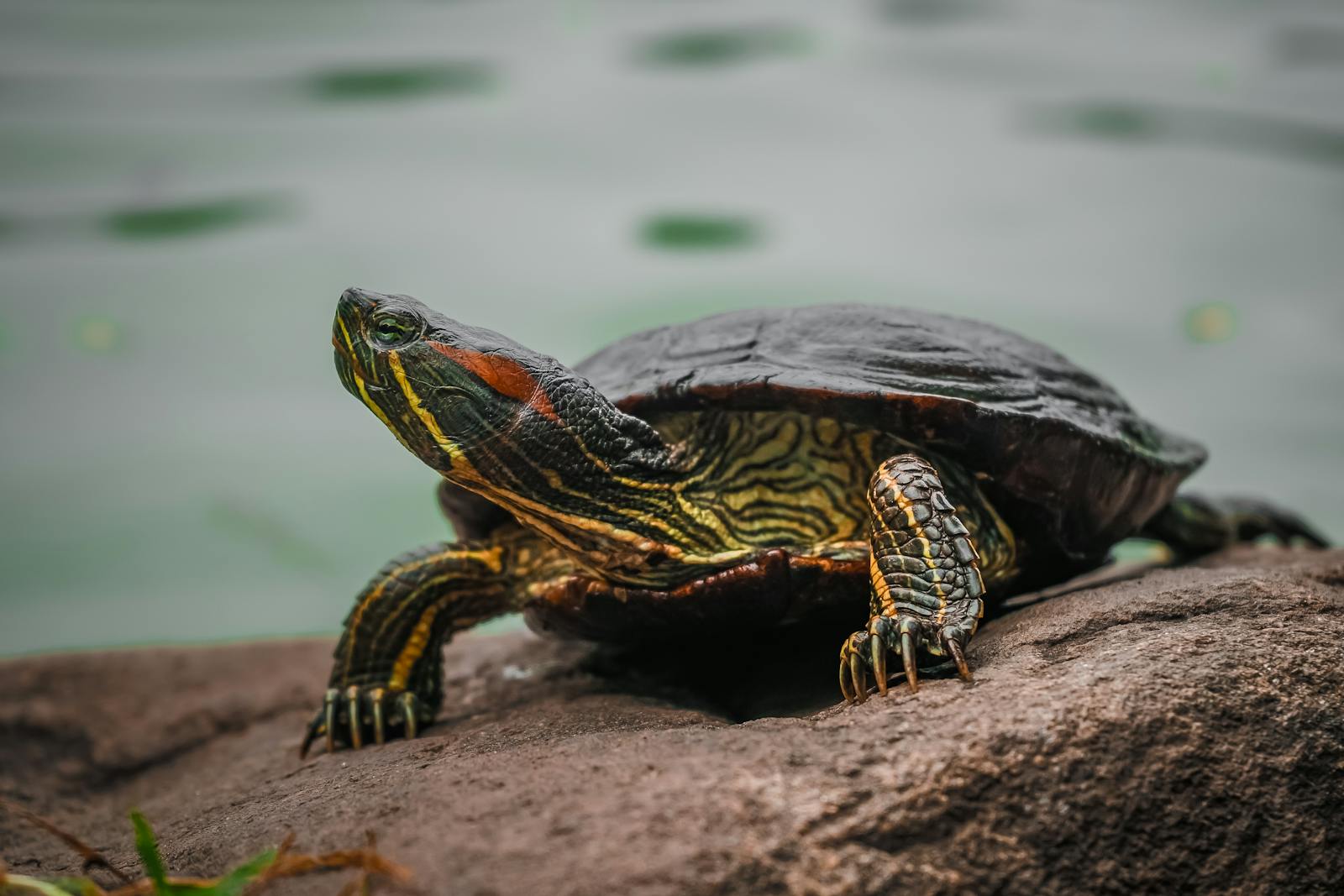







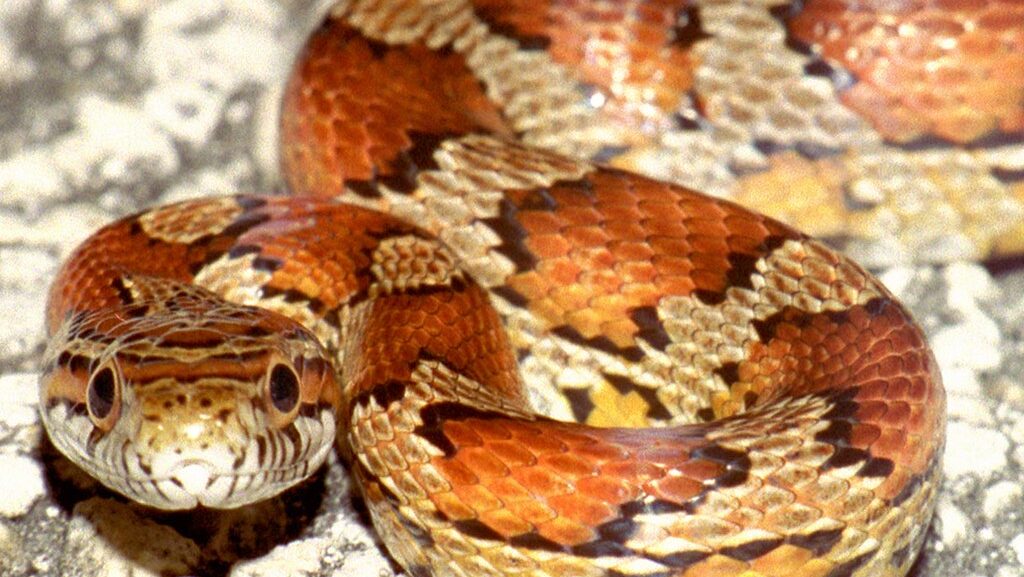
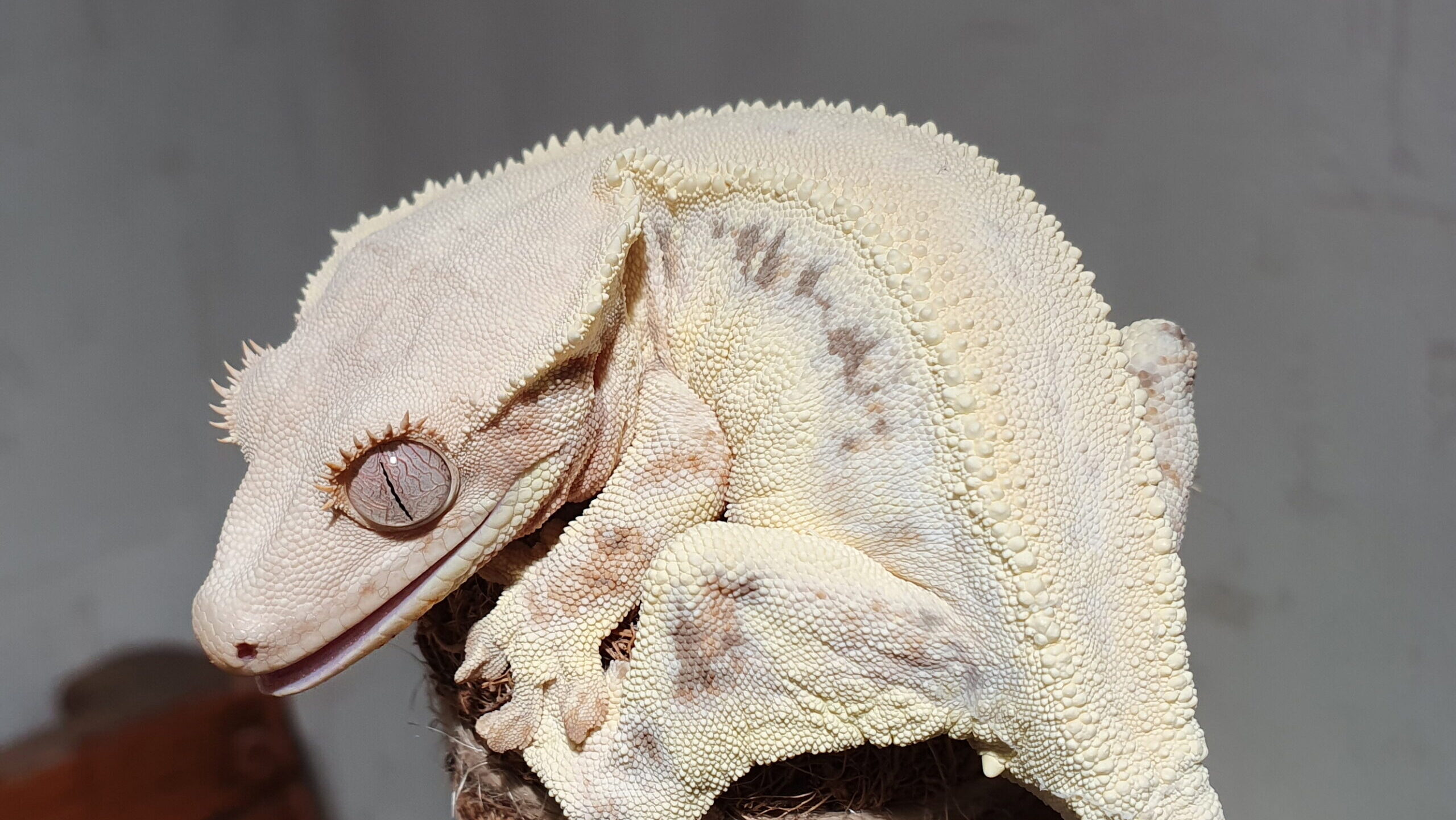





Leave a Reply